Amazon Brand Registry Made Easy: Everything You Need to Know
With millions of sellers on Amazon, protecting your brand has never been more important. Counterfeit
The online selling process can become quite overwhelming while selling on two completely different platforms. This blog is dedicated to sellers who are selling or considering selling on the two most used and preferred eCommerce frameworks, Magento 2 and Shopify. We understand it must be challenging to manage orders and products coming and going across these two platforms when you have to manage everything manually. It consumes time and increases the workload of the sellers who can otherwise use the same time on other important tasks.
So, what should you do?
Don’t worry. Here, we have explained everything in detail so you can find solutions to all your problems in one place. Let’s dive in, then!
There are many differences between the Magento 2 and Shopify stores. And the most basic one is that Magento is an open-source platform, whereas Shopify is a Saas-based platform. But despite the differences in working, they still make the best pair. Ultimately, they work on the single purpose of helping sellers earn more profits and expand online business successfully.
Magento, now owned by Adobe, is an online platform based on open-source technologies that allow sellers to easily create, change or update their store as per their needs. The platform may seem complex to some but it offers so many opportunities for the sellers, especially the ones who want to expand their business to a large level. Another benefit of this framework is that it comes with the Adobe community (open source) and commerce editions, where the community version is free. So, beginners can start selling with the lowest investment and easily switch to the Adobe commerce version when they want to expand their online business.
Also Read: Comparison Between Adobe Community and Commerce versions
Unlike Magento, Shopify is a Saas-based online platform that allows sellers to create their websites using different eCommerce themes. Its drag-and-drop features further help sellers design their store with less effort as no coding knowledge is needed for the same. This framework is the best choice for new sellers who want to start their online business and have a very restricted budget. So, they can’t afford an IT team. Like Magento, Shopify also comes with different pricing versions – Basic, Shopify, Advanced – for sellers to choose the best for them.

It is apparent from the above arguments that Magento is the best open-source and Shopify is the best Saas-based framework. So, don’t you think that by combining the functionalities of these two platforms, we will get the best results?
In the next section, let’s understand what benefits you will get from combining Magento 2 and Shopify stores.
Shopify and Magento 2 are two completely different eCommerce frameworks that help sellers accomplish different needs. But have you ever considered using both of them? It may sound complicated, but in reality, it isn’t. Instead, using these stores can help you combine the functionality of two entirely different worlds and get the best result in the form of better reach and higher profits. By using these two platforms together, you can:
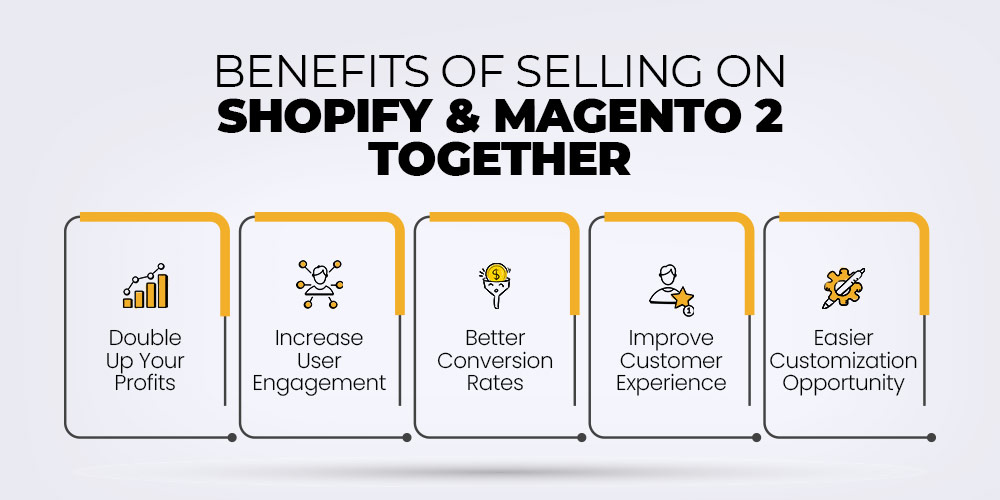
Combining these platforms further helps you overcome common eCommerce challenges. It is because both platforms have their own benefits and challenges. So, Magento will help overcome the challenges of the Shopify store and vice versa.
It sounds like a perfect deal to me, what about you?
Using both Magento 2 and Shopify stores to sell your products can bring tons of opportunities to your eCommerce business. But it will become challenging to manage inventories, products, and orders as your business grows. If you are planning to manage everything manually, you will encounter difficulties like:
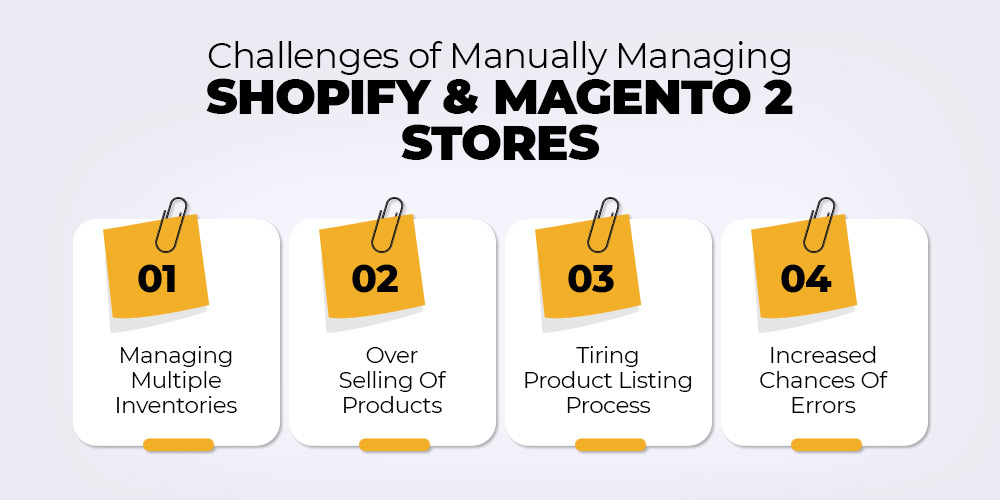
Like in life every problem has a solution, and the same holds true for eCommerce. Read on to find a one-stop solution for all the above challenges.
From the above section, it is now quite clear that manually monitoring different activities on Shopify and Magento 2 stores can lead to many challenges. So instead of managing the stores individually, it will help if you can just do everything from a centralized platform and also automate the repetitive tasks.
We have a solution in mind that can help you achieve these results by simply automating your store. The name – Shopify Magento 2 Integration extension!
This simple solution works on centralized management allowing you to monitor & manage two store backends from a single location. Basically giving you the boost to work at 200% efficiency. Moreover, this solution is automated hence eliminating the majority of manual work. In short, the processes which earlier took you hours to complete are now possible in seconds.
Here are the major features of Shopify Magento 2 Integration:
Take a look at the video to understand better –
Now, you know how using Magento 2 and Shopify stores together can benefit your online business & the role of Shopify Magento 2 Integration in simplifying all your online selling processes. But you still need to decide which multichannel service provider to choose.
We have the best one in mind – CedCommerce, and the reason is here.
CedCommerce is a well-known multichannel service provider in this industry. The company offers many eCommerce solutions and services for merchants to make their online selling experience as smooth as possible. This Magento 2 Shopify Integration is one of the best and most in-demand marketplace Integration solutions offered by CedCommerce. Some additional benefits that you get from choosing this brand include:
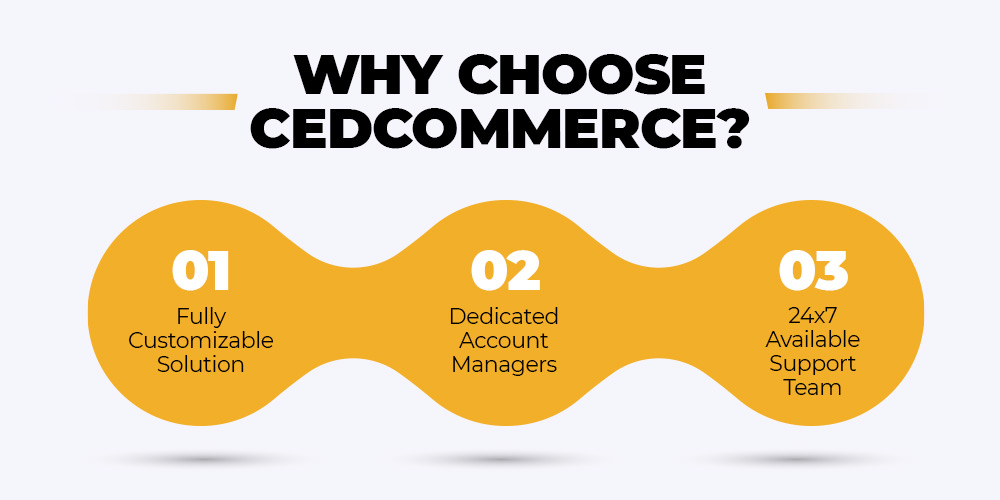
Automated synchronization is performed by the Crons Schedulers which come in-built into this extension. Therefore, the seller only needs to configure the Cron settings in the Magento 2 server to automatically receive Shopify orders on Magento 2 panel.
All the email updates that the sellers receive are based on the configuration settings in the Shopify connector (configuration > order settings). So, the seller will be notified of a new Shopify order when it is successfully imported to the Magento 2 store.
If you want to import Shopify orders using Crons but the products aren’t available on the Magento 2 store, then first those products will get created in the Magento 2 panel automatically.
The sole intention of writing this detailed blog was to give sellers an alternate way to sell and expand their online business. Shopify and Magento 2 stores work on two completely different ideas but combining them can give sellers the best results. Still, many sellers hesitate to sell on the platforms together because of the challenges and workload it brings. Now you don’t have to worry anymore as CedCommerce has come up with a one-stop solution, Shopify Magento 2 Integration. This simple solution comes with innovative features to make the whole process a cakewalk for you.
Do you believe simultaneously selling on Magento 2 and Shopify stores can be a good idea? What are your thoughts on this?

With millions of sellers on Amazon, protecting your brand has never been more important. Counterfeit

TikTok isn’t just setting trends anymore — it’s rewriting the playbook for performance marketing, creative

In a significant development for online retailers, Walmart has officially updated its policies to permit
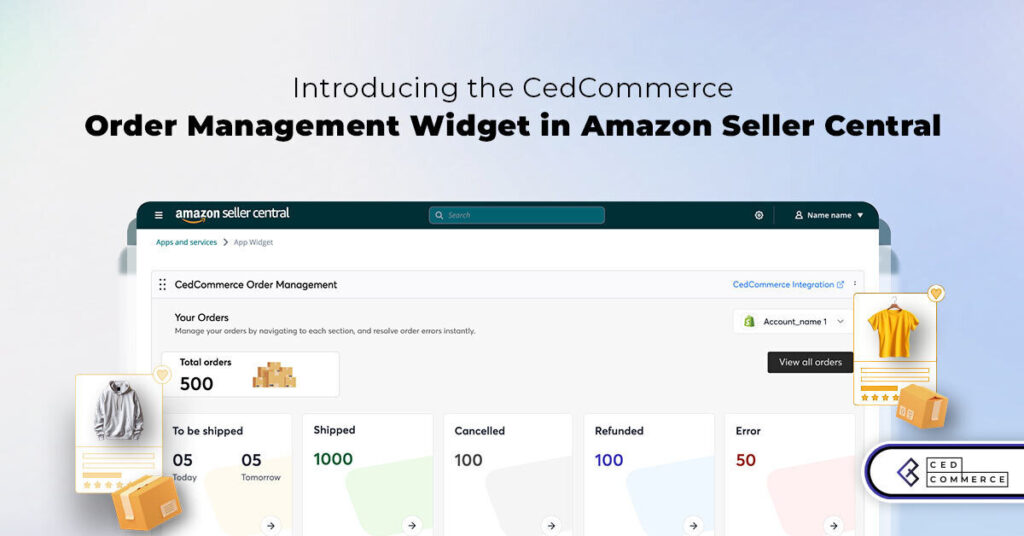
Are you encountering issues with Amazon order management across various sales channels? If so, everyday

A Deep Dive into Selling Smart on TikTok Shop UK, TikTok Shop US, and TikTok

In a world where cross-border commerce fuels eCommerce growth, tariffs are no longer just policy
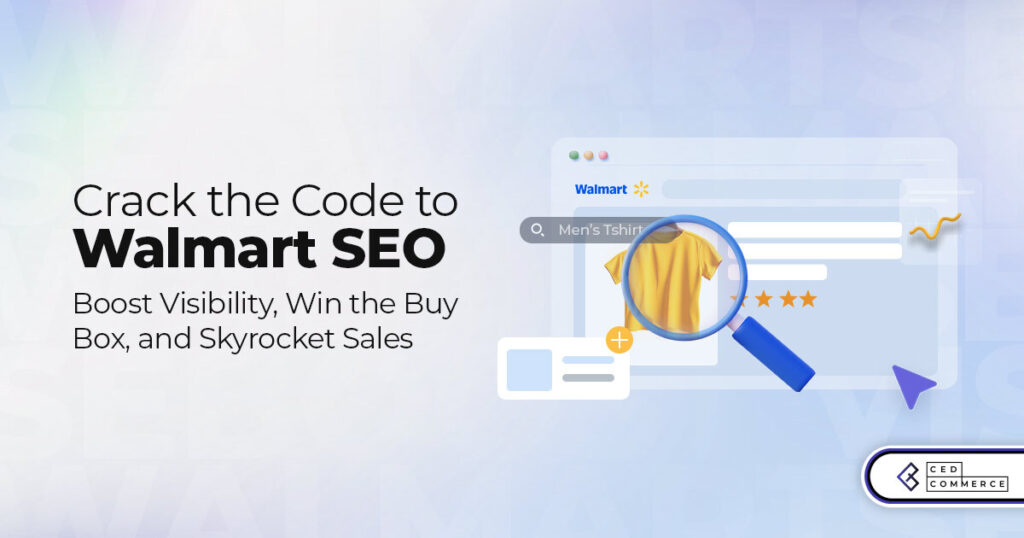
In the world of eCommerce, visibility is everything—and Walmart Marketplace is no exception. With thousands

In what comes as a major relief for TikTok and its millions of users in

In a move aimed at enhancing product quality and boosting buyer confidence, TikTok Shop has

Selling on Amazon offers immense opportunities, but one of the most crucial decisions sellers face

Amazon is doubling down on AI-driven selling tools, introducing a new AI-generated product enrichment pilot
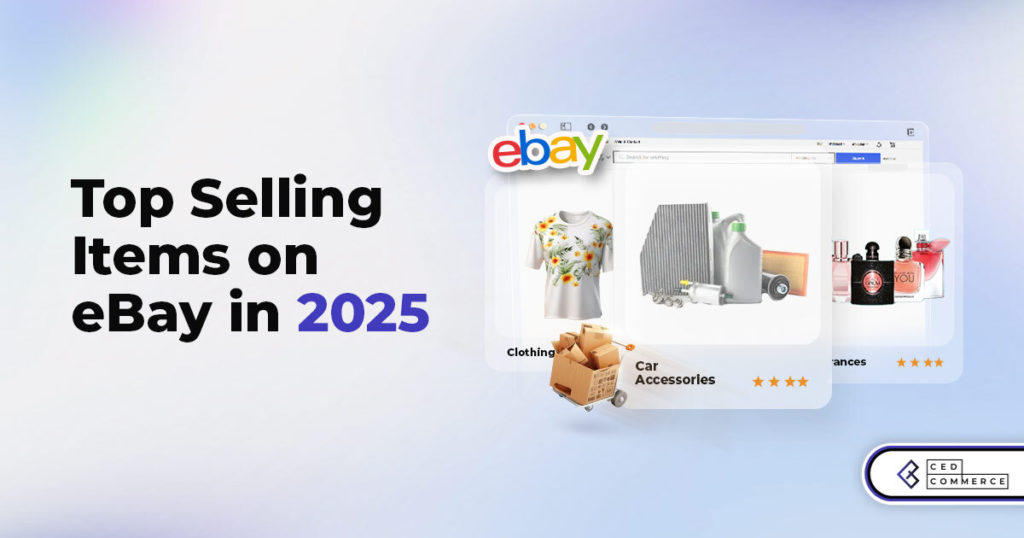
With over 17.6 million sellers on eBay marketplace, cracking the code behind the top selling

Amazon is doubling down on artificial intelligence, introducing the AI-powered ‘Interests’ feature that automatically finds

U.S. President Donald Trump has hinted that a TikTok deal is on track before the
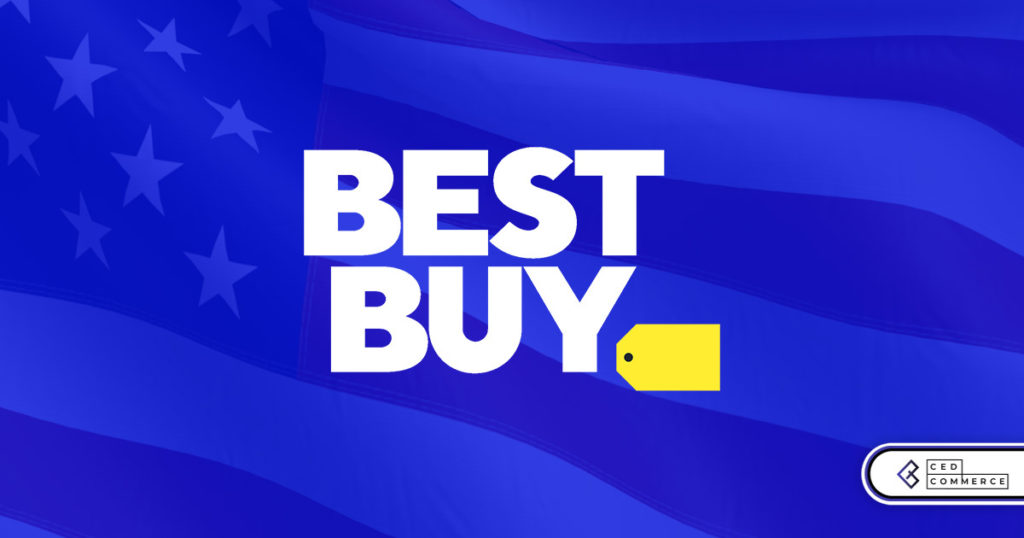
Nearly a decade after closing post its first attempt, Best Buy is returning to the

PrestaShop has long been a leading name in European eCommerce. With its flexibility, user-friendly interface,

In a significant move to improve merchant operations, Walmart has introduced “Wally,” a generative AI

TikTok Shop, the eCommerce division of the popular social media platform TikTok, is set to

Despite political scrutiny and regulatory challenges, TikTok Shop is thriving in the U.S., with American

Amazon is making history by extending its flagship summer sales event to four days in